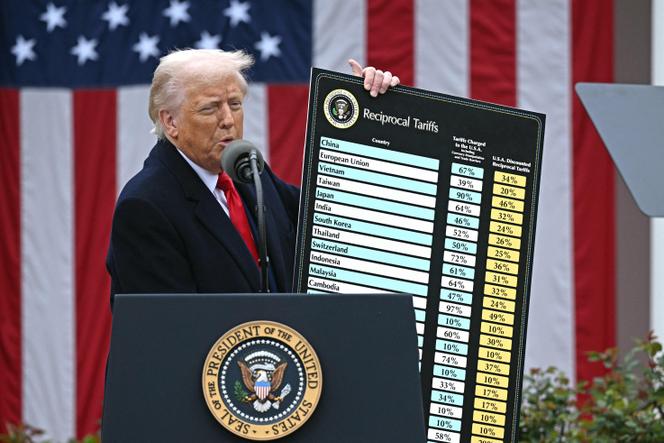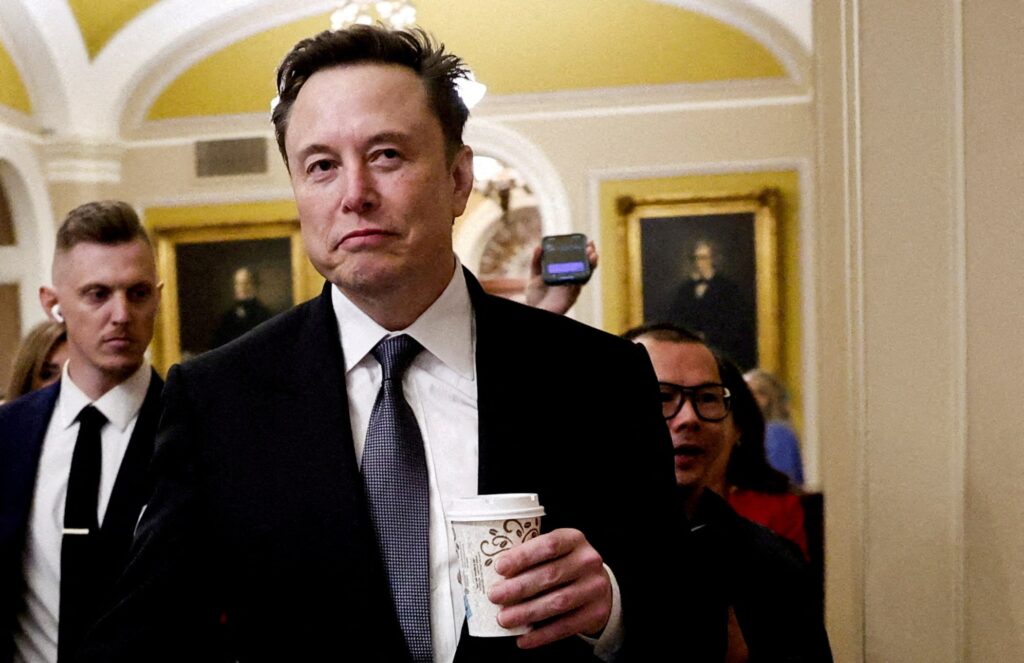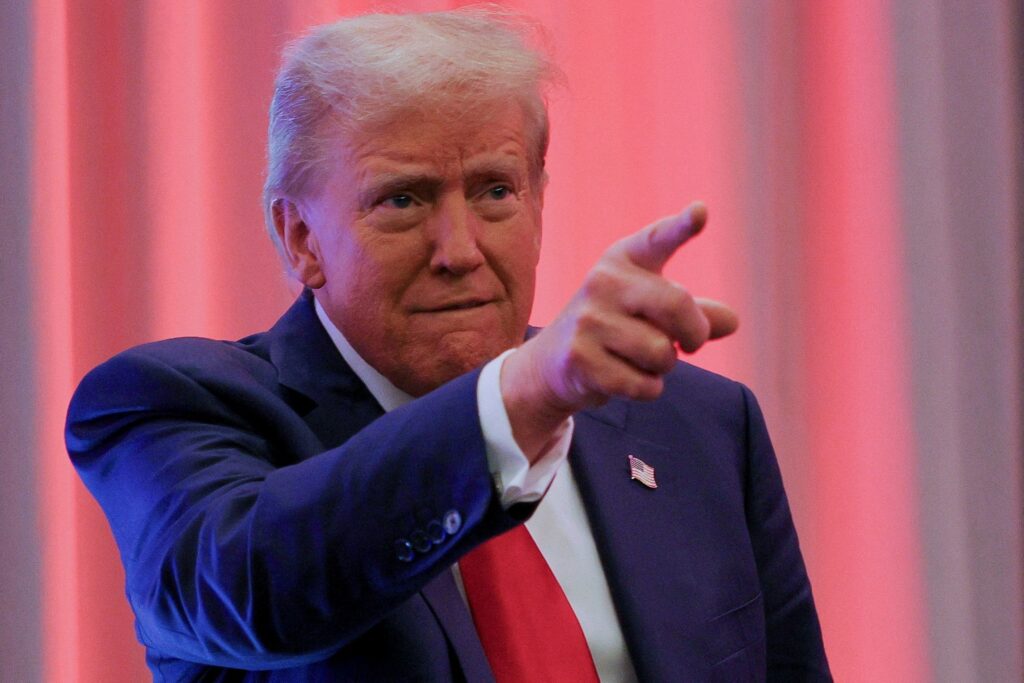Now Reading: US-China Trade War Escalates: Markets Shudder as Tariffs Soar
-
01
US-China Trade War Escalates: Markets Shudder as Tariffs Soar

US-China Trade War Escalates: Markets Shudder as Tariffs Soar
Trade War Reaches Boiling Point: US and China Exchange Crippling Tariffs
The economic cold war between the world’s two largest economies just turned scorching hot. In a dramatic escalation that has rattled global markets, China announced on Friday, April 11, that it would raise duties on American imports from an already steep 84% to a staggering 125% – the most aggressive response yet in this high-stakes economic standoff.
This tit-for-tat retaliation comes just days after the United States imposed minimum 145% tariffs on all Chinese exports to America. The numbers now being thrown around by both economic superpowers would have seemed unimaginable just twelve months ago.

Xi Jinping’s Defiant Response: “China Is Not Afraid”
Chinese President Xi Jinping made his position crystal clear during a high-profile meeting with Spain’s Prime Minister Pedro Sánchez. According to state broadcaster CCTV, Xi didn’t mince words about where he stands on the escalating dispute.
“There are no winners in a trade war, and going against the world will only lead to self-isolation,” Xi declared. In what many analysts interpret as a direct challenge to the Trump administration, he added: “For over 70 years, China’s development has relied on self-reliance and hard work—never on handouts from others, and it is not afraid of any unjust suppression.”
The carefully calculated statement sends a powerful message that China has no intention of backing down, despite the mounting economic pressure.
Market Mayhem: Global Economy Feels the Shockwaves
The immediate reaction across international markets was predictably negative. Europe’s Stoxx 600 index tumbled approximately 1% following the announcement, while Wall Street traders remained anxiously on edge despite U.S. futures suggesting a slightly stronger opening for the S&P 500.
Economists worry that what we’re seeing is just the first tremor before a potential earthquake in global trade. With both nations effectively closing their markets to each other, the ripple effects will likely touch everything from supply chains to consumer prices worldwide.

American Farmers Caught in the Crossfire
Perhaps no group stands to lose more from this economic showdown than American farmers. For years, China has been one of the largest buyers of U.S. agricultural exports, particularly soybeans, pork, and other essential commodities.
With Beijing effectively slamming its doors shut through these prohibitive tariffs, producers in rural, traditionally Trump-supporting states are facing potential losses in the billions of dollars. The political implications could be far-reaching as these communities feel the economic pain most acutely.
Agricultural economists are already predicting a domino effect: with Chinese markets inaccessible, American farmers will likely flood domestic and alternative international markets, potentially driving down prices across the board and further compressing farm incomes.

Inflation Concerns Mount as Consumer Prices Set to Rise
While the March U.S. Consumer Price Index showed a relatively moderate year-over-year increase of 2.4% (below most economists’ forecasts), that data captured prices before the majority of these new tariffs took effect.
Financial analysts are now warning that as these substantially higher import costs filter through the economy to retailers and eventually consumers, inflation could receive a fresh boost – potentially complicating the Federal Reserve’s monetary policy decisions in the coming months.
Everyday Americans are likely to see price increases on countless consumer goods, from electronics and clothing to appliances and furniture. The timing couldn’t be worse for many families already struggling with the lingering effects of post-pandemic inflation.
Political Fallout: Domestic and International Repercussions
In Washington, Republican lawmakers find themselves in an increasingly uncomfortable position. Many have long championed free trade and opposed broad tariffs on principle, yet few appear willing to openly challenge the president’s aggressive stance toward China.
This political tightrope has become even more precarious as they quietly acknowledge the potential economic damage to their constituents while publicly supporting the administration’s overall approach to what many characterize as unfair Chinese trade practices.
Some Republican legislators have expressed relief at the administration’s decision to delay higher duties for 90 days on most other trading partners – a move seen as providing at least some breathing room for the broader global economy.

Europe Navigates the Crossfire Between Superpowers
European leaders are watching this economic confrontation with mounting concern, trying to navigate a middle path while protecting their own interests. Spain’s Prime Minister Pedro Sánchez seized the opportunity during his Beijing visit to secure a deal increasing Spanish pork exports to China – a clear example of how some nations are attempting to fill the void left by American products.
President Xi used the occasion to call for stronger China-EU cooperation against what he termed “unilateral acts of bullying” – a thinly veiled reference to American trade policy.
Meanwhile, French President Emmanuel Macron characterized the U.S. tariff pause as a “fragile” opening for negotiation, while simultaneously warning European nations to prepare their own protective countermeasures to shield industry and consumers from potential fallout.
What Happens Next in this Economic Showdown?
As both economic giants dig in their heels, experts are divided on how this trade confrontation might eventually be resolved. Some economists believe that the sheer economic damage will eventually force compromise, while others warn that national pride and strategic competition may prevent either side from backing down.
What seems increasingly clear is that the era of relatively frictionless global trade that defined much of the past three decades is undergoing a profound transformation. Businesses worldwide are now scrambling to adapt to what may become a more permanently fractured global economic landscape.
For consumers and investors alike, the only certainty appears to be continued uncertainty as these economic superpowers test each other’s resolve in what has become the most consequential trade dispute of the 21st century.












